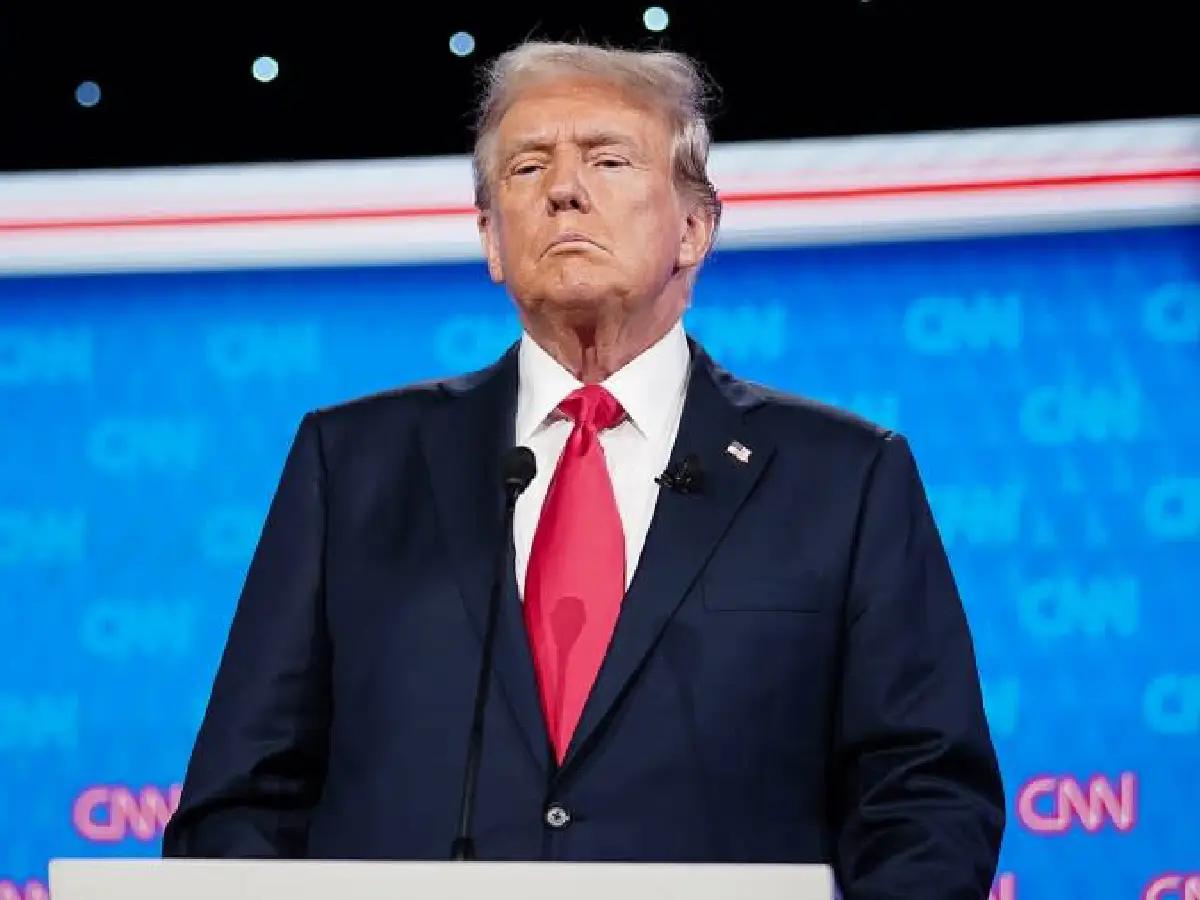### Analyzing the Current Financial Climate: Market Responses to Political Decisions
#### Market Instability Persists Amidst Political Uncertainty
In recent times, the financial markets have experienced notable fluctuations, demonstrating sensitivity to political events and decisions. A major influence is President Trump’s recent interaction with the Federal Reserve coupled with wavering positions on tariff policies. This combination of factors has injected a substantial degree of uncertainty into the market, affecting stocks, bonds, oil, and the U.S. dollar.
#### Pressure on the Federal Reserve
A critical aspect underlying the current market unease is the pressure being exerted by President Trump on the Federal Reserve. Traditionally, the Federal Reserve operates with a significant level of independence from the executive branch, aiming to base its decisions on economic indicators and trends rather than political pressures. However, the ongoing situation has blurred these lines slightly, leading to increased investor caution.
#### Uncertainty Over Tariff Policy
Tariff policy, a potent tool in international trade, has become a focal point of recent economic discussions due to erratic signals from current U.S. administration. Tariffs, which impact import and export costs, can significantly alter trade balances and economic relationships. The uncertainty about the direction and permanence of these policies makes it challenging for businesses to plan for the future, inevitably affecting their stock valuations and investor confidence.
#### Impact on Financial Markets
The impact of these political and economic uncertainties is palpable across various segments of the market:
– **Stocks:** The stock market has taken a hit, with indices slipping as investors retreat from riskier assets. This decline reflects concerns over future economic growth and potential disruptions in global trade dynamics.
– **Bonds:** In times of uncertainty, it’s typical for investors to turn towards safer investments. However, the recent pressures have also seen a decline in bond prices, indicating that investors may be reassessing their risk exposure across all assets.
– **Oil:** The oil market is directly affected by international trade policies and economic indicators. The current uncertainty has led to a decrease in oil prices, as traders speculate about potential decreases in global demand.
– **U.S. Dollar:** The U.S. dollar, often seen as a safe haven in turbulent times, has also experienced a downturn. This could be attributed to concerns over domestic economic policies and their long-term impacts on the U.S. economy.
#### Forward-Looking Insights
As investors and analysts look forward, the key will be monitoring how these issues are addressed by policymakers and the Federal Reserve. Clarity and stability in economic policy could help stabilize the markets, while continued unpredictability could lead to further disruptions.
Moreover, it’s important for investors and business leaders to stay informed and agile. Being prepared to adjust strategies in response to changing economic policies will be crucial in navigating this period of heightened uncertainty.
#### Conclusion
The ongoing developments in U.S. economic policy and their impact on financial markets serve as a critical reminder of the interconnectedness of global economies and the importance of consistent policy frameworks. For now, the markets remain cautious, reflecting the broader apprehension about future economic directions. Staying informed and flexible in response strategies will be key for anyone involved in or affected by these financial markets.









